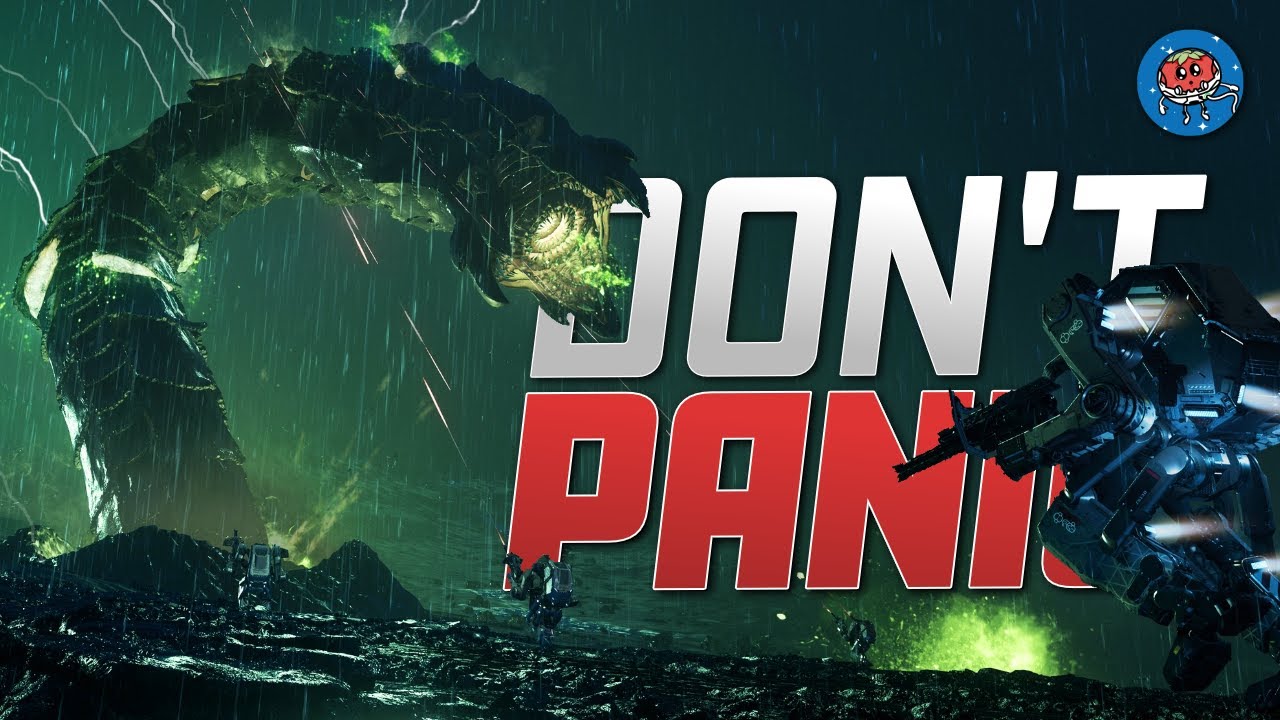Star Citizen’s recent focus on combat-heavy updates has led to player concerns that the game is shifting exclusively towards PvP and group combat, but in reality, the developers continue to work on a wide range of gameplay features including exploration, mining, and solo missions to maintain a balanced experience. Communication challenges have fueled misunderstandings, yet the long-term vision remains a diverse multiplayer space simulation with varied professions and playstyles, gradually being built through incremental updates.
The development of Star Citizen often seems scattered, with updates frequently spotlighting different aspects of the game, leading to player confusion and speculation that the game is shifting focus entirely towards one playstyle, such as PvP or group combat. However, the reality is that Star Citizen is a complex project with many updates planned and features being developed concurrently to cater to a wide variety of gameplay styles. While recent updates like alpha 4.2 and the Stormbreaker activity emphasize combat-heavy content, there are clear signs that diverse gameplay, including exploration, mining, and solo missions, continues to be a priority behind the scenes.
Many players express frustration that the game appears to be catering mainly to combat-focused and group-oriented gameplay, especially given the introduction of new locations that encourage PvP. However, the game’s roadmap and recent updates reveal a broader focus, including significant improvements for non-combat roles such as mining, industrial activities, and solo play. Features like cargo refactors, ground vehicle mining updates, new exo suits, maintenance missions, and various PvE ship combat missions demonstrate that Star Citizen aims to provide a balanced experience for different player preferences, even if some content currently feels skewed toward combat.
Communication issues have exacerbated player concerns and misunderstandings about the game’s direction. Star Citizen’s developers have reduced their public communications, cut back on long-term roadmaps, and limited developer interviews, which has created an information vacuum and fueled speculation. This shift is partly due to the challenges of managing community expectations over a decade-long development and the need to focus resources on both Star Citizen and the Squadron 42 single-player campaign. Despite these challenges, the core vision of Star Citizen as a multiplayer space game with diverse professions and meaningful progression remains intact.
The current focus on combat in highly marketed updates is partly a practical decision, as shooting mechanics are among the easiest to develop and polish, especially given the shared technology with Squadron 42. Other complex systems like medical, reputation, and detailed crafting are less developed because they are less relevant to Squadron 42’s development priorities. However, this does not mean that non-combat gameplay is being abandoned; recent and upcoming updates include mining ships, salvage gameplay, maintenance missions, and cargo-focused events that provide varied playstyles and opportunities for players who prefer less combat-centric activities.
Ultimately, Star Citizen is still far from complete, with many features and gameplay systems yet to be implemented. Players are encouraged to look beyond the immediate updates and marketing focus, recognizing that the game is being built incrementally and balancing multiple gameplay styles. While communication gaps and development challenges create uncertainty, the long-term vision remains one of a rich, multifaceted space simulation where players can pursue their preferred professions and playstyles. Patience and engagement with community resources like monthly reports can help players stay informed and hopeful about the game’s future.
